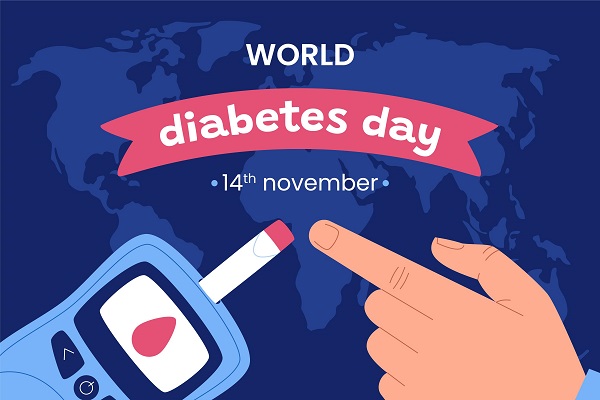Contributed by- Healthians Team
Blood tests are the most common diagnostic test which an individual undergoes. But if you are a diabetic or a pre-diabetic, there are few tests which should be done periodically, with or without the prescription of a doctor. Apart from the physical examination, a doctor suggests certain blood tests to see the status of free glucose in your blood. These tests can be done even without a prescription from the doctor as they are the basic screening test for Diabetes or Prediabetes. Regular checkups allow your doctor to track your medical condition and, if necessary, make required changes in your treatment plan.
Do you wonder why your doctor prescribes certain tests? Or what the parameters and numbers mean? Listed below are few vital test required for a diabetic and the interpretation of these results.
-
Blood Pressure
Your goal is a pressure less than 130/80 mmHg. Patients who manage to keep their pressure under control are less likely to suffer heart attacks, blindness, or kidney damage.
Before starting any treatment to lower blood pressure, check the pressure on two occasions within one month. If blood pressure is 130-139/80-89, lifestyle modification alone may lower it. Treatment with medicine should start immediately if the diastolic pressure (the bottom number in a reading) is over 90 mmHg or the systolic blood pressure (the top number in a reading) is over 140 mmHg.
Blood testing allows determining the levels of blood sugar in the body. The HBA1C test is one of the most common tests because its results measure blood sugar levels over time. This test measures how much free glucose has attached itself to red blood cells in the body over the last three months.
Red blood cells have a lifespan of about three months. Because the HBA1C test examines blood glucose, it measures a person’s average blood sugar for roughly three months. The results are measured in percentage.
| Less Than 6% | Normal Reading |
| Between 6% – 6.4 % | Prediabetes |
| Greater Than 6.5 % | Diabetes |
A random blood sugar test involves drawing blood at any given time randomly, no matter when you last ate. If the result is higher than 200 milligrams per deciliter (mg/dL) this could indicate diabetes.
-
Fasting Blood Sugar Test
Fasting blood sugar tests involve drawing blood after a person has not eaten or drunk overnight. The different levels indicate:
| Less than 100 mg/dL | Normal |
| Between 100 to 125 mg/dL | Prediabetes |
| Greater than 126 mg/dL after 2 tests | Diabetes |
-
Oral Glucose Tolerance Test
The oral glucose test (OGTT) is a test that takes time of two hours. A person’s blood sugar is tested initially and then given a sugary drink (75 gms of glucose + water). After two hours, blood sugar levels are tested again. The results are interpreted as:
| Less than 140 mg/dL | Normal |
| Between 140 to 199 mg/dL | Prediabetes |
| Greater than 200 mg/dL | Diabetes |
6.Urine Test
For this test, you shall need a doctor’s advice on how the sugar is affecting your kidneys. The phlebotomist shall take a sample of your urine to see if the sugar is present in your urine or if there is a trace of albumin in it.
All these tests and examinations shall definitely keep you in any of the three categories of Non- Diabetic/ Prediabetic/Diabetic. Get yourself screened almost every 3 months if you are at a higher risk.




